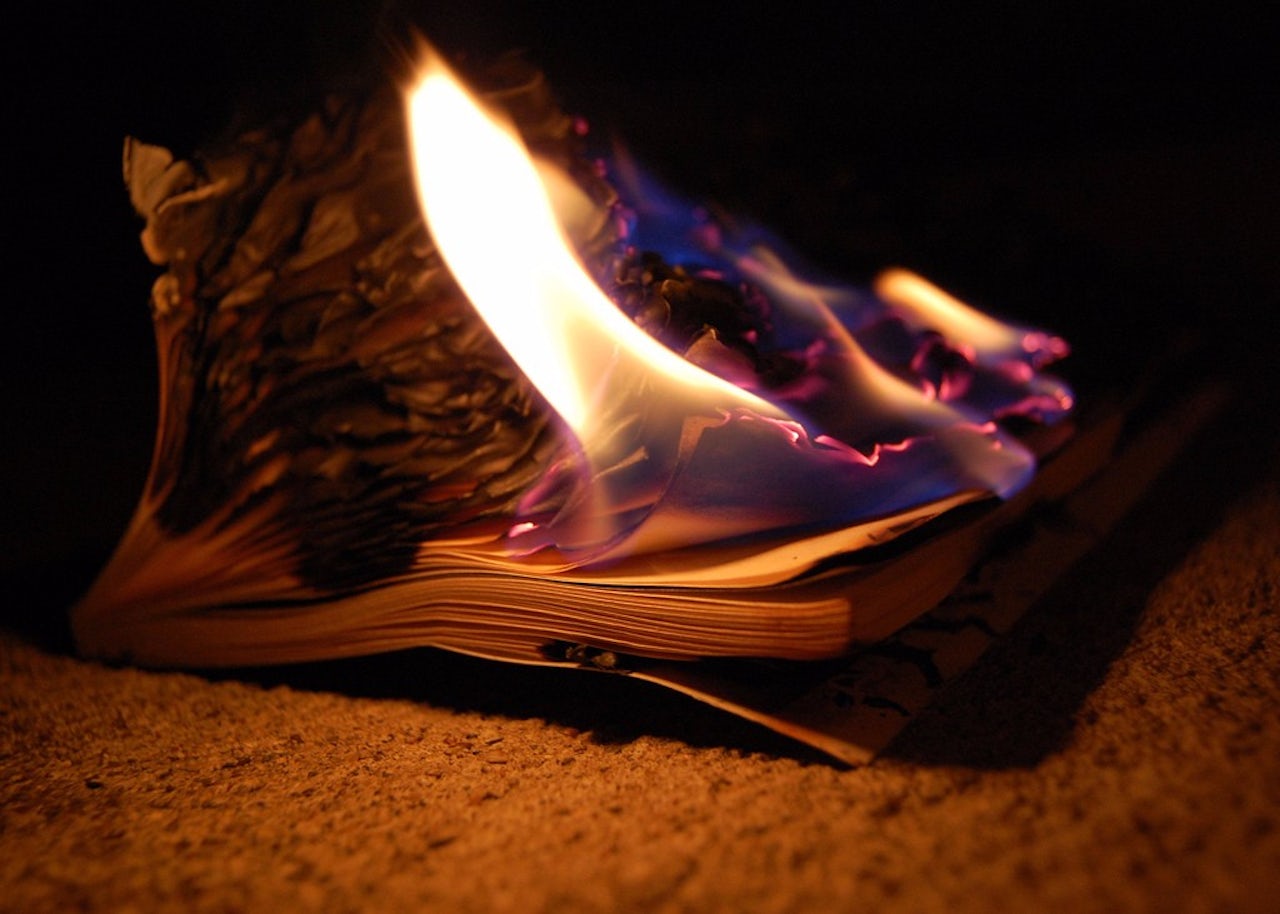Three months ago, The New York Times cut 10 categories from its Best Sellers list, including manga, paperback and hardcover graphic novels, children’s middle grade paperbacks and ebooks, young adult paperbacks and ebooks, ebook fiction and nonfiction, and paperback mass-market fiction. There are still 14 categories, including hardcover and paperback fiction, other children's categories, and business books.
The literary world panicked, concerned that the loss would hurt their sales and make it even more difficult for smaller publishers, niche genres, and new authors. Now that some time has passed, the results of that change are starting to show.
The Times Best Sellers list has been around since 1931, with specific categories added later. The list has included the likes of Stephen King, Khaled Hosseini, and Chimamanda Adichie. The books on it are cultural mainstays; even if we haven’t exactly read each one, chances are that we’ve caught the trailer for the inevitable film adaption.
The Times gave little explanation for cutting the categories. A spokesperson for the paper told The Outline that “the change allows us to devote more space and resources to our coverage beyond the bestseller lists.” New York Times Book Review editor Pamela Paul also commented via three tweets that “The Times is not cutting back on coverage of these genres/formats but rather expanding on coverage in ways that reach more readers than the lists did. To wit: new graphic reviews by comic artists, more reviews and more news and features about then [sic] genre and it’s [sic] creators. We are big fans, and want to recognize growing readership. Stay tuned.” The Books desk hired two writers and announced three new columns earlier this month as part of its expanded book coverage, although nothing specifically suggested more attention would be paid to the categories that fell off the list.
Many felt the move seemed to delegitimize certain types of books, even if they're popular. Graphic novels have been selling well and gaining prestige. “Shutting down Ppbk Graphic Books Bestseller List is unfortunate,” the cartoonist Raina Telgemeier tweeted at the Times. “So many new& established creators benefited from the recognition.”
Romance novels were also penalized because most of them fall into the mass-market paperback category. The Romance Writers of America, which boasts about 10,000 members, teamed up with several other genre-specific associations to issue a joint statement condemning the Times’s “tremendous mistake,” and predicting that the removals would ultimately “make the lists less relevant to authors and readers, as well as the entire publishing and library community.”
It’s difficult to say how much the Best Sellers list changes impacted sales, but the numbers don’t look good. Sales are hurting for several of the eliminated categories as of April 2017, with graphic novels 5 percent down in sales relative to this period last year, romance sales down 10 percent, and mass market sales down 6 percent, according to the NPD Group (formerly Nielsen Bookscan).
“I think it’s going to absolutely have a negative effect on, particularly, the mass market,” said Steven Zacharius, CEO of Kensington Books, a publishing house whose imprints boast a number of of New York Times best selling authors including Fern Michaels, one of the most recognizable names in romance.
Mass market books, the smaller 4-inch-by-7-inch genre books typically sold in drug stores, used to be a primary point of entry for new authors before the introduction of e-books. “I think that’s the most important market that they canceled, because that’s where most new authors start their career,” Zacharius said.
An executive of a publishing press who requested anonymity lamented the harmful effect the Best Sellers change would have on independent authors. “If you’re able to keep these independent authors off of best sellers lists, the acquisition price that a big five publisher may be willing to pay would be substantially less than someone who’s achieved New York Times or #1 New York Times best selling status,” the executive said.
Demand has surfaced for alternative lists to replace the Gray Lady’s, but none have yet succeeded.
Can @TeenVogue make an alternative to the @nytimes best seller list that will include all the recently cut children's categories?
— Whitney 🎨 Gardner (@HeyWhitney) January 25, 2017
Publisher’s Weekly already puts out a list, which includes several of the categories removed from Times list. USA Today and the L.A. Times also publish well-known lists, but none have achieved the clout of the New York Times. Amazon also has lists available on its site for top-selling books, but those, of course, only measure the books sold on Amazon, leaving a wide swathe of books purchased elsewhere unaccounted for. Additionally, an editor within Penguin Random House told The Outline that the lists available on Amazon are oftentimes “too granular” to appeal to the masses, who perchance aren’t looking in “Religious and Liturgical Dramas & Plays” or “Herb, Spice & Condiment Cooking” for their next read.
With the biggest vehicle for recognition of up-and-coming and indie authors now gone, one big worry for the future of the publishing world is how to get people to buy books by unfamiliar authors.
The editor at Penguin Random House who asked to remain anonymous, citing fear of backlash from institutions in the literary world such as the Times and Amazon, termed this dilemma “the problem of continued consolidation,” referring to the increasingly common pattern of publishers relying on only a few big name books a year to achieve commercial success. “Every publisher has one or two books they’re really dependent on,” the editor told The Outline. “And that’s just a shame for debut authors, for authors that don’t have brand names or don’t have huge platforms, it’s just much harder to take risks.”


